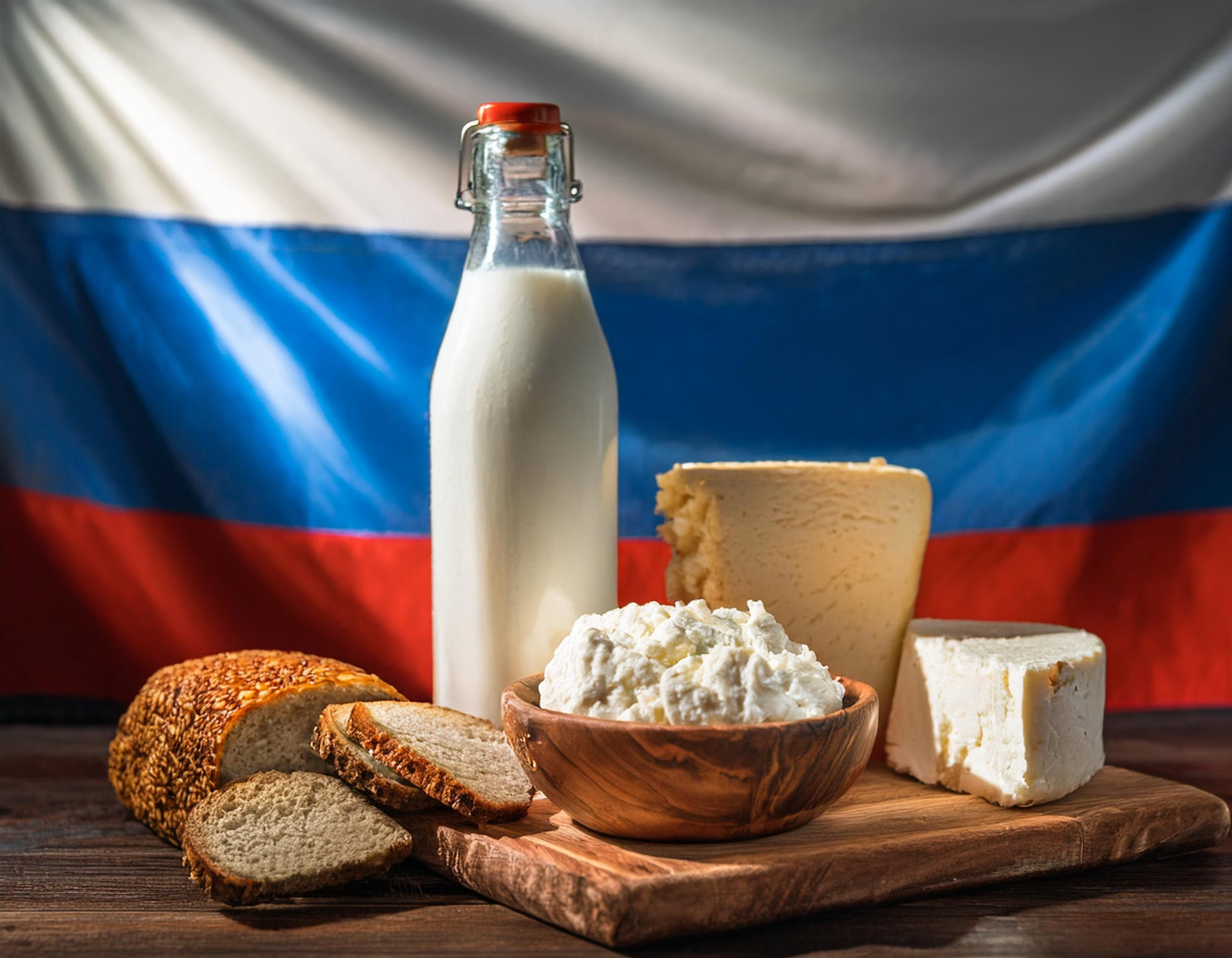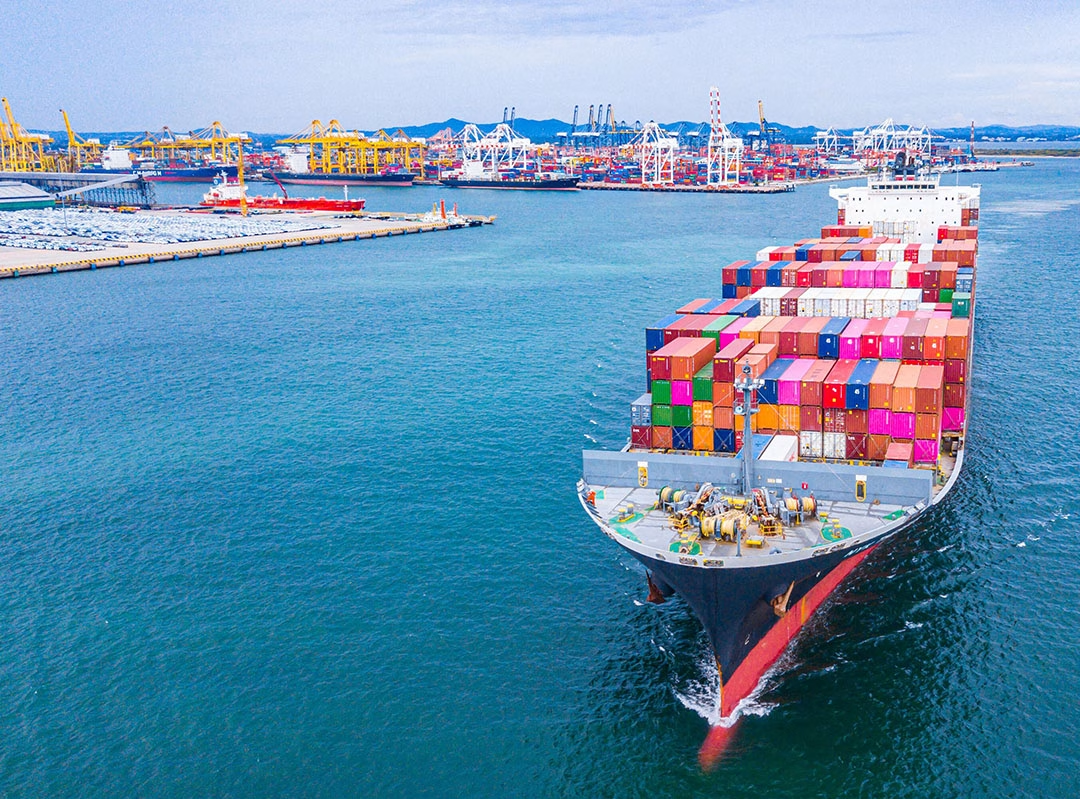Russia’s dairy farmers are on the brink of a 5 million tonne milk surge. What strategies will drive success in this booming industry? Keep reading to discover more.
Summary: Have you ever wondered how Russia is transforming its dairy industry? You’re in for some surprises. Russia plans to elevate its milk production by nearly 5 million tonnes over the next six years, hitting 39 million tonnes annually by 2030. This surge aims to boost the country’s agricultural performance by an impressive 25%. “Raw milk production could increase by 36-42% compared to the 33.5 million tonnes achieved in 2023, potentially reaching nearly 45 million tonnes in 2030,” says Epifantseva, a member of the agricultural committee of the Federation Council. In 2023, Russian milk production stood at 33.5 million tonnes, a 0.5 million tonne increase from the previous year. Investing in new technology and infrastructure, particularly cow genotyping, is crucial for maintaining the raw milk sector’s strength and competitiveness. Russia’s dairy consumption soared by 1.5 million tonnes last year, reaching a record 249 kg per capita, but adaptation to changing conditions may be necessary. With plans to double milk production, Russia is eyeing overseas markets, aided by a 100% logistical subsidy for dairy exporters approved in 2023, presenting fantastic opportunities for international expansion.
- Russia is set to increase its milk production by nearly 5 million tonnes by 2030.
- The targeted annual output of 39 million tonnes aims to boost Russia’s agricultural performance by 25%.
- Epifantseva predicts a potential 36-42% increase in raw milk production, reaching nearly 45 million tonnes by 2030.
- 2023 saw a 0.5 million tonne rise in milk production, reaching 33.5 million tonnes.
- Investments in technology and infrastructure, such as cow genotyping, are essential for growth.
- Russia’s dairy consumption hit a record high of 249 kg per capita in 2023.
- Opportunities for international market expansion are bolstered by a 100% logistical subsidy for dairy exporters.

Have you ever wondered what motivates a country to increase milk output by millions of tons in only a few years? Russia is on a remarkable journey to boost milk production by about 5 million tonnes by 2030, aiming to reach 39 million tonnes annually and alter the dairy landscape. This rapid development provides dairy producers new opportunities for growth, investment, and innovation. Over the next six years, the dairy sector has the potential to boost Russia’s agricultural performance by 25%. Consider leveraging the potential of such development in your agricultural activities. “In 2023, Russian milk production stood at 33.5 million tonnes, a 0.5 million tonne increase from the previous year,” stated then-Agriculture Minister Dmitry Patrushev. This constant growth is being driven by greater productivity, the development of new farms, and the upgrading of current operations. The issue is: how can dairy producers take advantage of this momentum?
Unveiling the Milestones: Where Russian Milk Production Stands Today
Let’s take a deeper look at where Russian milk production is now. Russia will produce 33.5 million tons of raw milk by 2023, marking a significant milestone. This data shows a constant rising trend over the last five years. So, what is behind this tremendous growth
New dairy farms are being established, and old ones are being modernized. These innovations have increased production tremendously. Investment in new technology and infrastructure has also been critical to maintaining the raw milk sector’s strength and competitiveness.
Imagine being able to forecast a cow’s output from birth thanks to genetic advancements—that’s no longer just a dream. As members of the agricultural committee have noted, investment in agricultural research, notably cow genotyping, helps drive these benefits.
The conclusion of these efforts has not only improved milk output but has also laid the groundwork for Russia’s dairy sector to expand further. Whether you’re a dairy farmer or just curious about agricultural trends, it’s evident that Russia’s dedication to innovation and expansion in this area is producing remarkable results.
Picture This: By 2030, Russia’s Milk Production Could Spike to an Impressive 39 Million Tonnes!
Picture this: By 2030, Russia’s milk output might reach an astonishing 39 million tons. That is roughly 5 million tons greater than now. But how are they going to pull this off? According to Russia’s agriculture minister, Oksana Lut, this expansion will be game-changing, leading to a 25% increase in agricultural performance over the following six years. She recently said at a news conference in the Vologda region: “We are on track for a significant increase in our milk production capabilities.”
So, what is the secret sauce? It’s all about investing for the future. Epifantseva, a significant member of Russia’s agriculture committee, thinks we may achieve even more substantial growth rates with the correct investments. In an interview with Agroinvestor, she expressed optimism: “Russian raw milk production could reach nearly 45 million tonnes by 2030 with adequate investments in agricultural science.” Imagine if farmers could forecast their cows’ production from birth!
However, it is about more than just cows or large farms; it is also about more creative technology. Epifantseva underlined the necessity of modern technology across the supply chain, including raw milk production, processing, and storage. “Investing in R&D, particularly in areas like cow genotype, could revolutionize dairy farming,” she told me.
Think about it. With these developments, Russia anticipates a lower 5 million tonne rise. However, the potential for even higher productivity exists only if the necessary investments and technical advancements are made now.
Imagine the Possibilities: What Could Your Farm Achieve with the Right Investments?
Consider what your farm might do with appropriate expenditures in research and development. Epifantseva, a member of Russia’s agricultural committee, feels investing in agrarian research might significantly impact the dairy business. She claims that concentrating on cow genotypes may help predict production levels from birth. Can you picture the benefits of knowing which calves would produce the most milk from day one?
It’s not just about the cows, however. Epifantseva highlights the necessity for innovative technology across the supply chain. This covers everything from cutting-edge milking equipment to innovative storage systems. Dairy producers might improve productivity and product quality by updating each production step.
Why should you care? These investments might result in significant rewards. Consider increased milk output, enhanced disease resistance, and improved herd health. These developments might result in increased earnings and a more sustainable organization. Isn’t it worth considering?
The Consumption Conundrum: Can Domestic Demand Keep Up the Pace?
Now, let us discuss domestic consumption. According to Alexey Voronin, a spokeswoman for Soyuzmoloko, consumption increased by 1.5 million tonnes last year, excluding the dynamic in backyard farms where homeowners produce dairy for personal use. This spike has boosted Russia’s dairy consumption to a record 249 kg per capita, the most significant level in 28 years.
But where should we proceed from here? The prospects for additional expansion in the domestic market could be more questionable. While the recent uptick is positive, maintaining and expanding on this level of consumption may take time and effort. How may the dairy industry adapt to changing customer behavior or economic conditions? Could novel goods or marketing methods help to sustain this increasing trend?
Global Horizons: Can Russia’s Dairy Sector Conquer International Markets?
As Russia doubles milk production, one concern arises: where will this milk go? Enter overseas markets. Exporting dairy products gives Russia an excellent chance to maintain its current development trajectory. The Russian government has granted a 100% logistical subsidy for dairy exporters in 2023, providing a considerable financial incentive to expand internationally. This subsidy reduces the economic barriers to international commerce, making Russian dairy goods more competitive worldwide.
However, expanding into overseas markets has its own set of obstacles. While possibilities exist, especially in places with dairy shortages, the complexity of maintaining international quality standards, managing trade restrictions, and developing dependable logistical chains must be considered. Overcoming these challenges will be critical for Russia’s worldwide dairy expansion.
The Bottom Line
As previously stated, Russia is on pace to increase milk output considerably, aiming for an astonishing 39 million tons by 2030. Increased production, new agricultural buildings, and technological breakthroughs drive this expansion. The spike is predicted to boost the agriculture sector’s performance by 25%. Investment in agricultural research and new technology might improve these figures to 45 million tons. Domestic demand has been strong, fueling recent output gains. Still, future development may be based mainly on exports, boosted by government logistical subsidies.
This rise offers dairy producers both opportunities and problems. Keeping up with industry changes and investing in the proper technology may greatly influence your business. Will you be prepared to capitalize on the wave and propel your farm to new heights? The future of dairy farming is bright, but planning and adaptation will be critical. What actions will you take to guarantee that your farm survives in this changing landscape?












